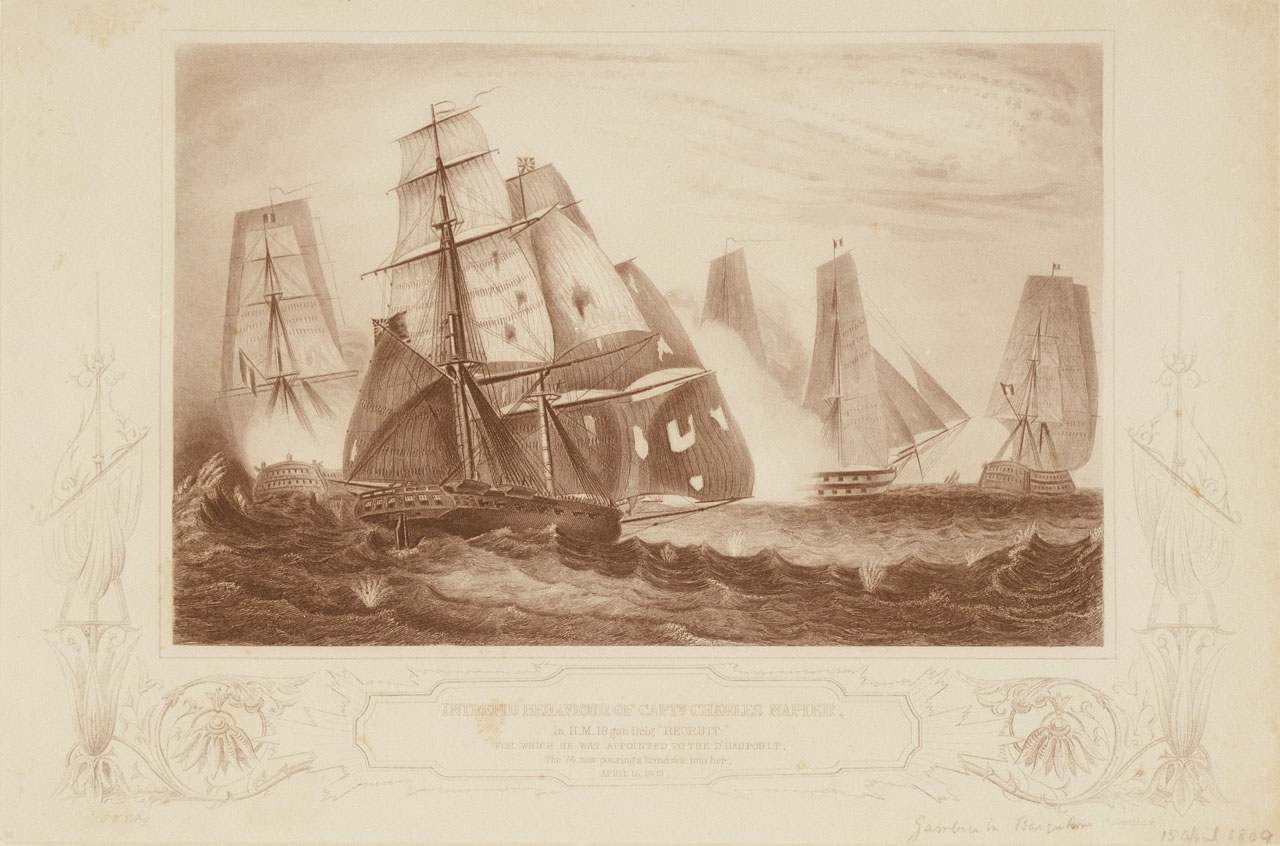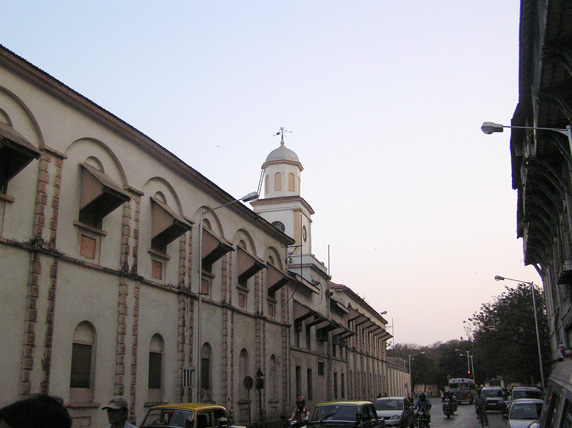|
HMS Napier
Three ships of the British Royal Navy have been named HMS ''Napier'', in honor of Admiral Charles Napier. * The first ''Napier'' was a 445-ton iron river gunboat built at Bombay Dockyard, launched 11 September 1844, and in the records until 1858. * The second was an launched in 1916 and sold in 1921. * The third was an launched in 1940 and loaned to the Royal Australian Navy during World War II World War II or the Second World War, often abbreviated as WWII or WW2, was a world war that lasted from 1939 to 1945. It involved the vast majority of the world's countries—including all of the great powers—forming two opposin .... She was broken up in 1956. {{DEFAULTSORT:Napier Royal Navy ship names ... [...More Info...] [...Related Items...] OR: [Wikipedia] [Google] [Baidu] |
Royal Navy
The Royal Navy (RN) is the United Kingdom's naval warfare force. Although warships were used by English and Scottish kings from the early medieval period, the first major maritime engagements were fought in the Hundred Years' War against France. The modern Royal Navy traces its origins to the early 16th century; the oldest of the UK's armed services, it is consequently known as the Senior Service. From the middle decades of the 17th century, and through the 18th century, the Royal Navy vied with the Dutch Navy and later with the French Navy for maritime supremacy. From the mid 18th century, it was the world's most powerful navy until the Second World War. The Royal Navy played a key part in establishing and defending the British Empire, and four Imperial fortress colonies and a string of imperial bases and coaling stations secured the Royal Navy's ability to assert naval superiority globally. Owing to this historical prominence, it is common, even among non-Britons, to ref ... [...More Info...] [...Related Items...] OR: [Wikipedia] [Google] [Baidu] |
Charles Napier (naval Officer)
Admiral Sir Charles John Napier KCB GOTE RN (6 March 1786Priscilla Napier (1995), who is not elsewhere free from error, gives the birth year as 1787 (p. 1, and book title), but provides no evidence. All other authorities agree on 1786. – 6 November 1860) was a British naval officer whose sixty years in the Royal Navy included service in the War of 1812, the Napoleonic Wars, Syrian War and the Crimean War (with the Russians), and a period commanding the Portuguese navy in the Liberal Wars. An innovator concerned with the development of iron ships, and an advocate of humane reform in the Royal Navy, he was also active in politics as a Liberal Member of Parliament and was probably the naval officer most widely known to the public in the early Victorian Era. French Revolutionary and Napoleonic Wars He became a midshipman in 1799 aboard the 16-gun sloop , but left her in May 1800 before she was lost with all hands. He next served aboard , flagship of Sir John Borlase Warren.Pri ... [...More Info...] [...Related Items...] OR: [Wikipedia] [Google] [Baidu] |
Gunboat
A gunboat is a naval watercraft designed for the express purpose of carrying one or more guns to bombard coastal targets, as opposed to those military craft designed for naval warfare, or for ferrying troops or supplies. History Pre-steam era In the age of sail, a gunboat was usually a small undecked vessel carrying a single smoothbore cannon in the bow, or just two or three such cannons. A gunboat could carry one or two masts or be oar-powered only, but the single-masted version of about length was most typical. Some types of gunboats carried two cannons, or else mounted a number of swivel guns on the railings. The small gunboat had advantages: if it only carried a single cannon, the boat could manoeuvre in shallow or restricted areas – such as rivers or lakes – where larger ships could sail only with difficulty. The gun that such boats carried could be quite heavy; a 32-pounder for instance. As such boats were cheap and quick to build, naval forces favoured swarm ... [...More Info...] [...Related Items...] OR: [Wikipedia] [Google] [Baidu] |
Bombay Dockyard
Bombay Dockyard, also known as Naval Dockyard, is an Indian shipbuilding yard at Mumbai. The superintendent of the dockyard is a Naval Officer of the rank Rear Admiral, known as the Admiral Superintendent. Background Shipbuilding was an established profession throughout the Indian coastline prior to the advent of the Europeans and it contributed significantly to maritime exploration throughout Indian maritime history. Indian rulers weakened with the advent of the European powers during the middle ages. Indian shipbuilders, however, continued to build ships capable of carrying 800 to 1000 tons. The shipbuilders built ships like HMS ''Hindostan'' and HMS ''Ceylon'', inducted into the Royal Navy. Other historical ships made by the Indian shipbuilders included HMS ''Asia'' (commanded by Edward Codrington during the Battle of Navarino in 1827), HMS ''Cornwallis'' (on board which the Treaty of Nanking was signed in 1842), and HMS ''Minden'' (on which Francis Scott Key wrote the ... [...More Info...] [...Related Items...] OR: [Wikipedia] [Google] [Baidu] |
Royal Australian Navy
The Royal Australian Navy (RAN) is the principal naval force of the Australian Defence Force (ADF). The professional head of the RAN is Chief of Navy (CN) Vice Admiral Mark Hammond AM, RAN. CN is also jointly responsible to the Minister of Defence (MINDEF) and the Chief of Defence Force (CDF). The Department of Defence as part of the Australian Public Service administers the ADF. Formed in 1901, as the Commonwealth Naval Forces (CNF), through the amalgamation of the colonial navies of Australia following the federation of Australia. Although it was originally intended for local defence, it became increasingly responsible for regional defence as the British Empire started to diminish its influence in the South Pacific. The Royal Australian Navy was initially a green-water navy, and where the Royal Navy provided a blue-water force to the Australian Squadron, which the Australian and New Zealand governments helped to fund, and that was assigned to the Australia Station. Thi ... [...More Info...] [...Related Items...] OR: [Wikipedia] [Google] [Baidu] |
World War II
World War II or the Second World War, often abbreviated as WWII or WW2, was a world war that lasted from 1939 to 1945. It involved the vast majority of the world's countries—including all of the great powers—forming two opposing military alliances: the Allies and the Axis powers. World War II was a total war that directly involved more than 100 million personnel from more than 30 countries. The major participants in the war threw their entire economic, industrial, and scientific capabilities behind the war effort, blurring the distinction between civilian and military resources. Aircraft played a major role in the conflict, enabling the strategic bombing of population centres and deploying the only two nuclear weapons ever used in war. World War II was by far the deadliest conflict in human history; it resulted in 70 to 85 million fatalities, mostly among civilians. Tens of millions died due to genocides (including the Holocaust), starvation, ma ... [...More Info...] [...Related Items...] OR: [Wikipedia] [Google] [Baidu] |



